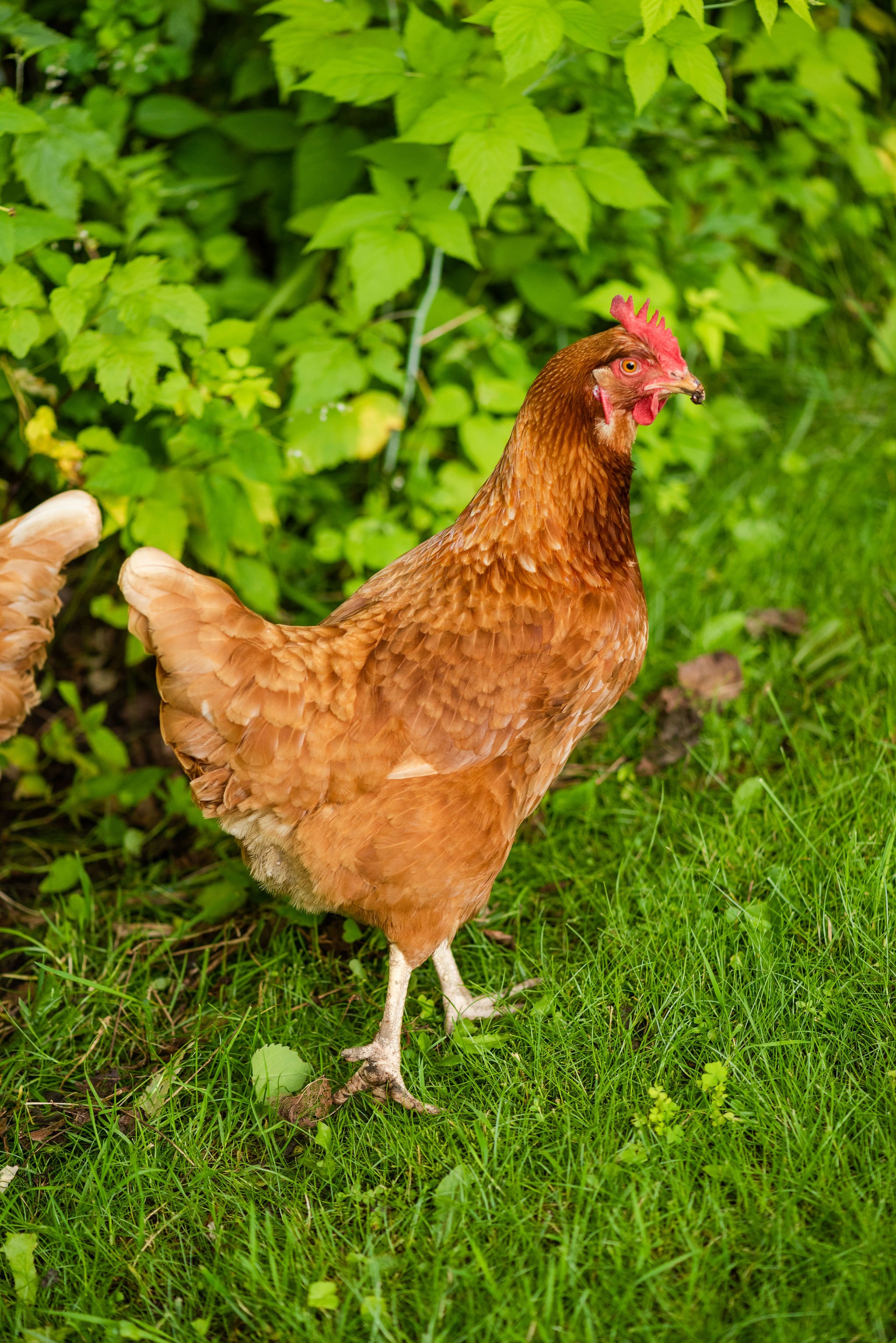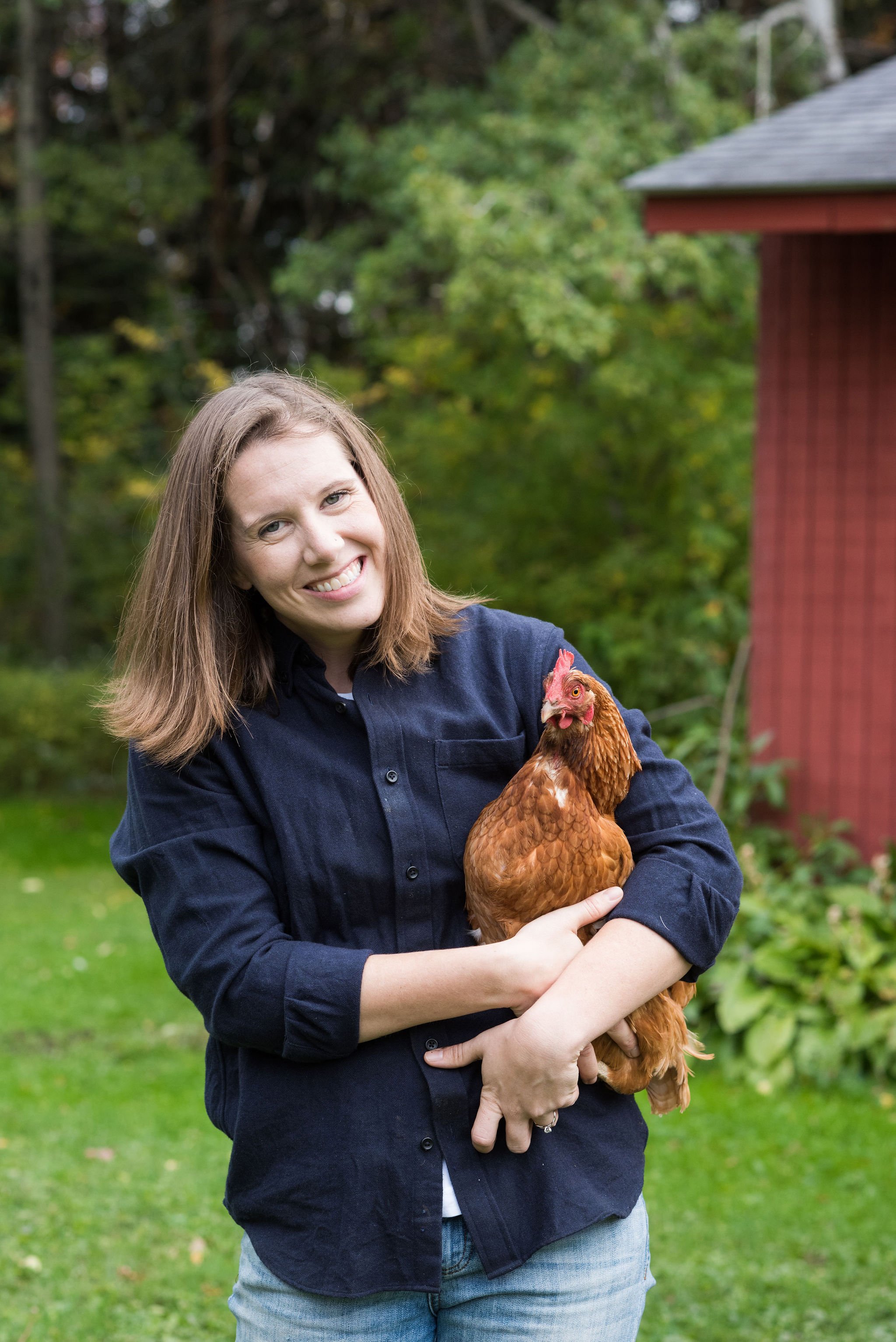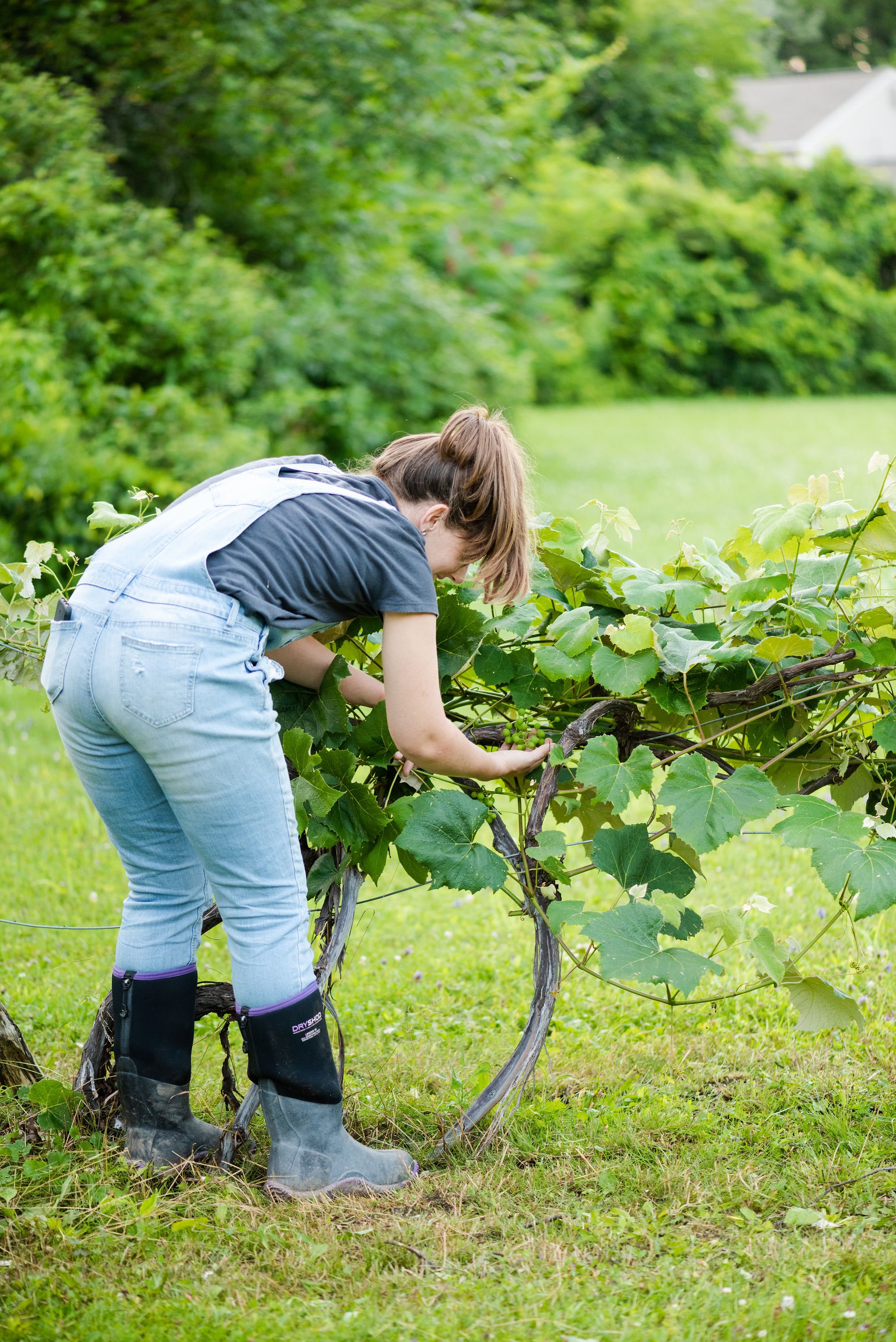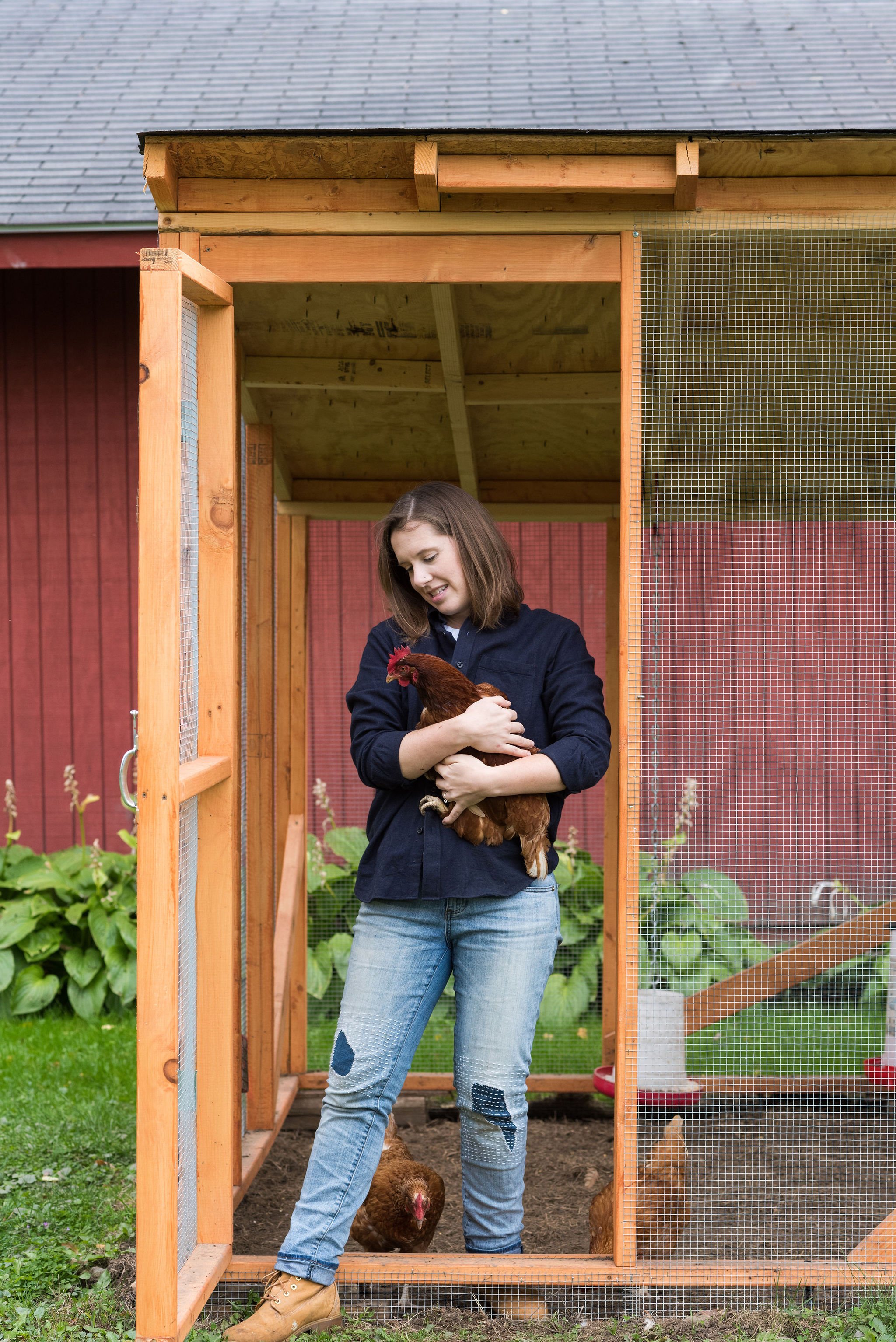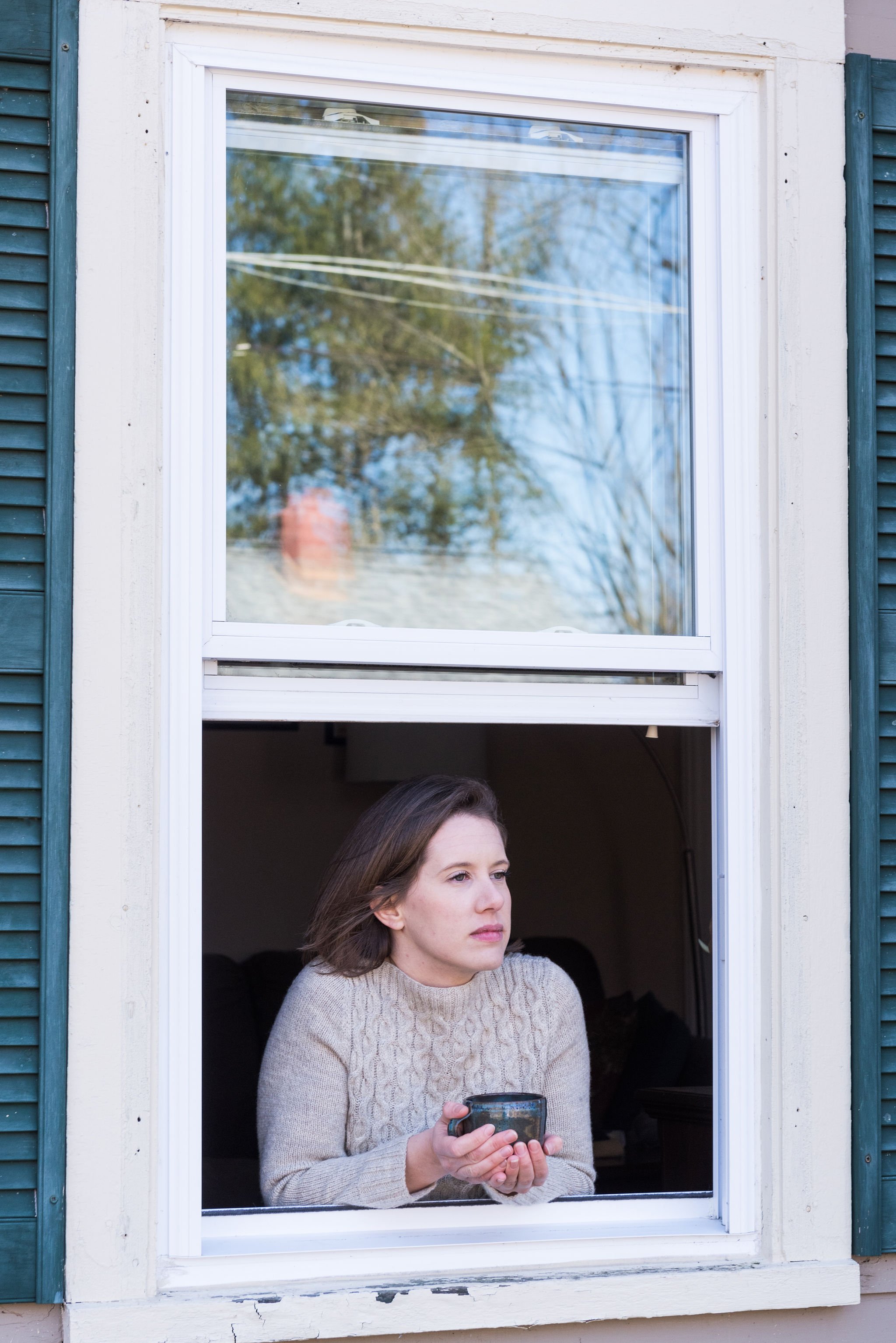
WAS IS COULD BE: Season 2
It was $1.38 worth of tomato seeds that changed my life forever… I don't remember where I got them. I don't remember what brand they were, but I do remember this, those seeds refused to grow…
Which got me to thinking how hard is it to grow our own food anyways? And how did food start being something from far away, instead of something from right in our own backyards.
It's an interesting thing to go to the grocery store and find empty shelves. It's even more interesting to then come home to news of dairies pouring out milk because there's too much supply.
It just didn't make sense, but that's exactly what we all did in March of 2020. At the time I was still working on season 1 of the podcast and I had been intent to share a two-part final episode on the history of food. Kind of funny to look back on — funny that I would try to put the history of something literally required for human life into two short episodes. And it was just my bad luck that that thing at the time would be a point of contention and fear for people.
But this isn't a story about COVID or about my runty tomatoes. It's not even a story about the history of food itself. This season on Was Is Could Be: one story about how food started being something from far away, instead of something from right in our own backyards. And it's also a story about the extremes I would take to ask my usual question, what if we still live that way today?
An excerpt from my interview with Michael Lansing - a very truncated history of dieting, and the way that industrialization impacted our understanding of how we should eat.
An excerpt from my interview with Michael Lansing - a look at how industrialization eventually led to product diversification, marketing and advertising, and more sophisticated food distribution.
An excerpt from my interview with Michael Lansing - a somewhat rude awakening about food choices, virtue signaling with food, and why going local may not be all it’s cracked up to be when it comes to changing the food landscape of the U.S.
An excerpt from my interview with Michael Lansing - a look at organics and industrialization.
An excerpt from my interview with Derrick Pratt from the Erie Canal Museum on the intersection of whiskey and the building of the canal, how out of control canalers influenced temperance, the infamous Bloody Valley of Watervilet, and some beef between the canalers and… well… everybody else.
It's time to admit that I came to the season with some firmly held beliefs that I expected to confirm. But what I learned was far more storied and complicated than I had assumed.
In this episode of Was Is Could Be: An inconclusive conclusion.
Can we touch on, like, why farming is so unprofitable?
In this episode of Was Is Could Be: The world of commodity milk.
Hops held a special place in my heart and a month into our move we were ready to pick the ones that had been growing on our property. It would end up being the most memorable day of my life so far.
In this episode of Was Is Could Be: America’s favorite pastime - drinking beer.
People have been milling flour and baking bread variations for literally millennia. The Erie Canal has been moving wheat since day one. And yet, a few miles from the canal and it was almost impossible to find local wheat on my little food journey.
In this episode of Was Is Could Be: Some history on the industrialization of flour.
I have something of a morbid fascination with canning. Every book or blog post you read makes it sound like a death trap, so the same way that true crime junkies listen to 911 calls or look up crime scene photos, I look up videos of outrageous canning accidents or weird things found in canning jars. I don’t do either of those things in this episode, but still…
In this episode of Was Is Could Be: The importance of canning in the industrial food movement.
My Tiguan can fit exactly one half of a cow and one whole pig, once they've been butchered and frozen. They fit best when they're kept in big plastic totes and are slid in one after another, in two rows of three. I know this is a weird level of specificity, but it's knowledge that was well earned. Because once you buy an entire half of a cow, there's actually a lot to be considered.
In this episode of Was Is Could Be: Surprising facts about meat.
It was a $1.38 worth of tomato seeds that changed my life forever. I don't remember where I got them. I don't remember what brand they were, but I do remember this: those seeds refused to grow. Which got me to thinking: How hard is it to grow food anyways? And how did food start being something from far away, instead of something from right in our own backyards in the first place?
This is Was Is Could Be and on this season: how we get our FOOD.
Season 2 Episodes
Season 2: The Interviewees
-
![Michael J. Lansing, PHD, Professor of History, History Professor, Augsburg, Insurgent Democracy]()
Michael J. Lansing, PhD
Michael J. Lansing is Associate Professor of History at Augsburg University in Minneapolis, MN. A historian of the modern United States, his current book project is Enriched: Industrial Carbohydrates and the Rise of Nutrition Capitalism—a history of factory-processed grains and the hidden logic that drives contemporary food systems. He is the author of Insurgent Democracy: The Nonpartisan League in North American Politics (University of Chicago Press, 2015) as well as commentaries in MinnPost, BillMoyers.com, and Zócalo Public Square.
-
![Eleanor Barnett, PHD, Food Historian, History of Food, Food History, Cambridge, Food History Facts, Recipes]()
Eleanor Barnett, PhD
Eleanor Barnett is a food historian at the University of Cambridge (UK). She recently completed a PhD at Christ's College, Cambridge, which looks at the relationship between food and religion in the English Protestant and Italian Catholic Reformations (c. 1560 - c. 1640). She is interested more broadly in how food and eating reflects our identities, beliefs, and connects us to the https://eleanorbarnett.com/past - and she shares the most fascinating food history facts, images, objects, and recipes that she find on Instagram @historyeats! You can also check out Eleanor on her website.
-
![Derrick Pratt, Museum Educator, Interim, Curator, Museum, Erie Eats, Erie Canal, Erie Eats Exhibit, Erie Canal Museum]()
Derrick Pratt
Derrick Pratt is the Museum Educator and Interim Curator at the Erie Canal Museum in Syracuse, NY. A native of Chittenango, NY, Derrick received a B.A in Social Studies Education from SUNY Cortland and a M.A. in Museum Studies from Syracuse University. Prior to his job at the Erie Canal Museum, Derrick served as Director of Programs at Chittenango Landing Canal Boat Museum for 3 years. Check out the Erie Eats Exhibit at the Erie Canal Museum.
-
![Chris Ficken, Sarah Ficken, Farmers, New Moon Farm, New Moon Farmers, Cows, Hay, Milking, Sustainability]()
Chris & Sarah Ficken
Chris and Sarah Ficken are the farmers behind New Moon Farm. Whether it is milking the cows, cutting hay, weeding the garden, or balancing the checkbook, you will find one of them behind each and every task. Since December of 2012, they have been working hard to rehabilitate the land and the buildings. Whether it is jacking up the old barn by hand, building their milking facility from bare ground, pounding posts and running fence for their cows, or reclaiming old fields with a chainsaw and some good friends, they strive to mold our farm to fit their dream of environmental, social, and financial sustainability. Check out NY Farm Basket to buy some amazing goods from Chris and Sarah!
-
![Chad Meigs, CHO, Bineyard, Hop Farm, Hop Farmer, Breweries, New York, Beer]()
Chad Meigs
Chad Meigs is Founder and Chief Hoperations Officer at The Bineyard, a full scale hop farm and processing facility located in Cazenovia, NY. The company is one of a few full service hop enterprises in the State of NY. The Bineyard includes end-to-end processing equipment and support facilities to produce high grade hop products utilized by craft breweries throughout the state. Mr. Meigs currently serves on the Board of Hop Growers of New York an organization that has been in the forefront of resurrecting the hop industry in NYS and the Northeast. Mr. Meigs through his hop industry visibility and stewardship has developed a far reaching network in the craft beer industry. Check out The Bineyard to learn more about Chad's "hop"eration.
Season 2 of Was Is Could Be was produced by Liz Russell of It’s Liz Russell. Each episode was carefully edited by the team at Sound Advice Strategies. Our theme music was made by Neil Cross and published by ImageCollect Publishing. This season’s cover art was made by Liz Russell. This podcast couldn’t exist without our interviewees. They not only share their precious time during the recording, but also provide endless resources, respond to emails, deal with Liz’s hectic schedule, and on. The best way you can thank them for sharing with us - support their work at the links shared with each bio and share with your friends!
More Stories about this wild homesteading journey
No chickens were technically harmed in the writing of this article. But vegans, you may want to look away. Because a few years ago a chicken died on my watch. And I was the only home to do anything about it…
A few visits from a brave (and horny?) fox rattled my nerves. But the fox was only a small blip in a much more troublesome month…
I was only a few short weeks into homesteading when I learned why both pesticides and Jesus ended up on farms with such frequency. As I fought my own battle, I wondered which I would be needing on this farm going forward.
Moving is hard. Moving with chickens is harder. But a lot a bit of kindness got us through.
In the frustration of selling a home and the constant rejection of trying to buy a new one, a rocking chair became my silent protest and in it, I found a slowness and stillness I could never have found otherwise.


















